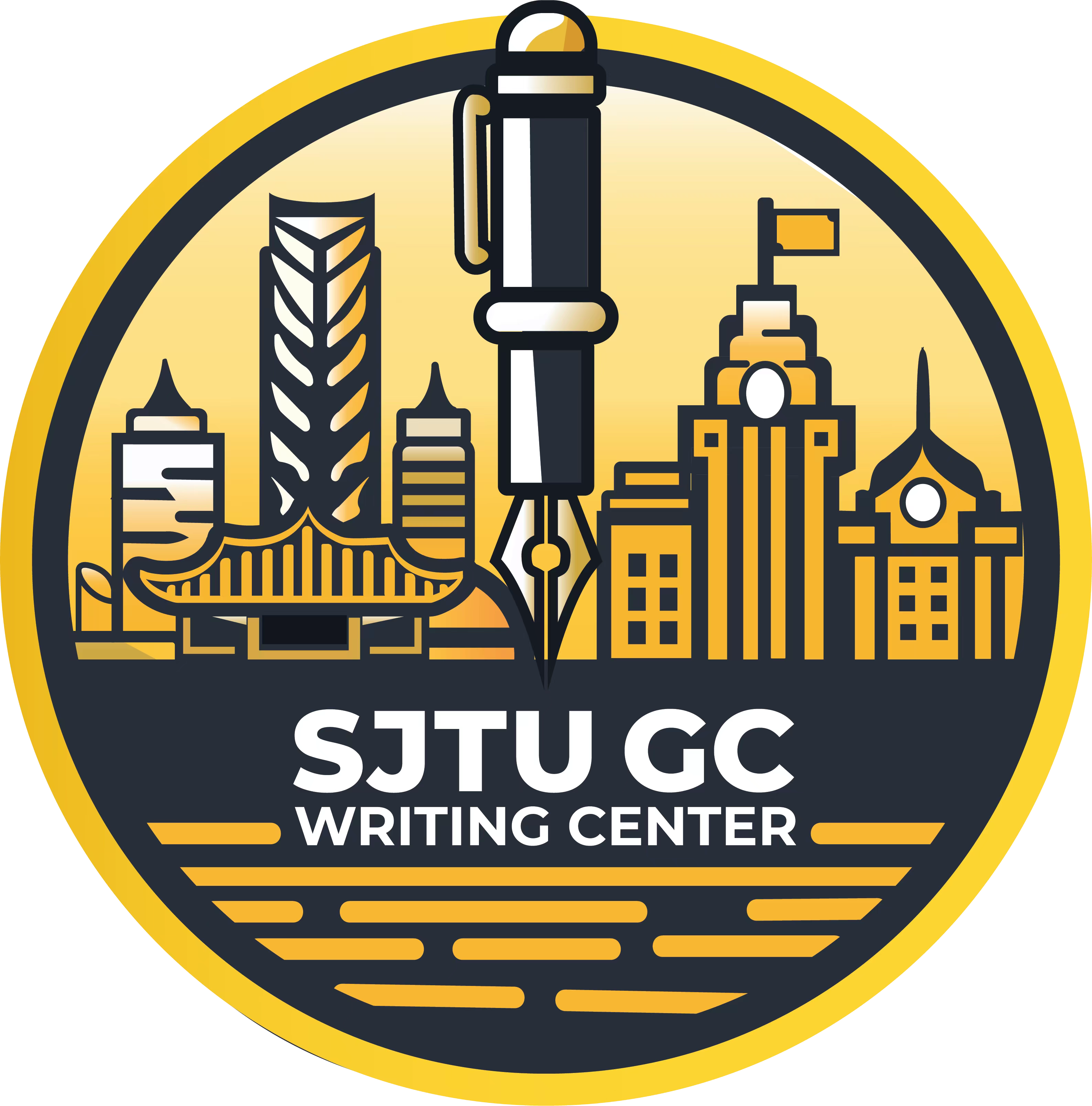Clear Writing
At the JI Writing Center, we frequently see students struggle with creating overly long sentences in their academic writing. While long sentences can sometimes convey complex ideas, they often end up confusing the reader or, even worse, obscuring the main point. This is a common issue, and it’s important to address it to improve both clarity and overall writing quality.
It is a common problem when we still keep old habits from high school life because we are told to pursue long sentences for “beauty” instead of clearness.
Why Are Long Sentences a Problem?
Long sentences can overwhelm the reader, leading to misinterpretation or confusion. Here’s why they often cause trouble:
- Lack of clarity: As the sentence grows longer, it becomes harder for the reader to follow the main idea. Too many clauses or ideas jumbled together in one sentence can cloud the intended message.
- Punctuation misuse: Overuse of commas, semicolons, and conjunctions in long sentences often leads to punctuation errors, making the sentence even more difficult to understand.
- Diminished impact: When everything is packed into one sentence, it can feel as though nothing is being emphasized. Shorter sentences can give each point its own space, making writing more engaging and easier to read.
Examples of Long Sentence Problems (from ChatGPT)
Let’s look at some examples of long sentences commonly found in academic writing:
Before (Long Sentence Example):
“The increase in global temperatures, caused by the accumulation of greenhouse gases from human activities such as the burning of fossil fuels, deforestation, and industrial processes, has had wide-ranging effects, including rising sea levels, more frequent and severe weather events, and disruptions to agricultural production, all of which have contributed to a global humanitarian crisis, affecting the poorest regions the most.”
This sentence, while informative, is hard to follow because of its sheer length. It’s packed with multiple ideas—causes, effects, and consequences—that could each be broken down into their own sentences.
After (Revised with Shorter Sentences):
- “Global temperatures are rising due to the accumulation of greenhouse gases. These gases result from human activities such as the burning of fossil fuels, deforestation, and industrial processes.”
- “The effects of rising temperatures are wide-ranging. They include rising sea levels, more frequent and severe weather events, and disruptions to agricultural production.”
- “These changes have contributed to a global humanitarian crisis, with the poorest regions suffering the most.”
In this revision, each idea is given its own sentence, making it easier for the reader to follow and understand the key points.
How to Fix Long Sentences
Here are some strategies to help students break the habit of writing long sentences:
- Use Periods and Conjunctions: When in doubt, break the sentence into smaller parts. Use periods to separate different ideas or thoughts. Conjunctions (like “and,” “but,” “so,” “because”) can help tie related ideas together, but avoid stringing too many together in one sentence.
- Focus on One Idea Per Sentence: Each sentence should express a single clear idea. If a sentence includes multiple ideas, think about how to split it into two or three sentences that focus on separate thoughts.
- Vary Sentence Length: While long sentences should be avoided, short sentences can also feel choppy if overused. Varying sentence length can create a more engaging rhythm in writing. Use short sentences to emphasize key points, but don’t shy away from using a longer sentence when necessary for nuance or explanation.
- Read Aloud: When reviewing your writing, read it aloud. If you find yourself out of breath or having to pause too many times, it might be a sign that your sentence is too long. A good sentence should flow smoothly and should be easy to digest when spoken aloud.
- Peer Review: Sometimes, students get so attached to their writing that they overlook its flaws. Asking a peer or tutor to review your writing can help identify sentences that are unnecessarily long and need breaking up.
You will encounter different kinds of articles in the future and you will gradually know how to arrange a paragraph flexibly. This article is still not that perfect as I’m just a sophomore in JI with not too much writing experience. But if you are still at the beginning and wondering what a typical paragraph should be like, I think you will learn a lot after reading all the above things. The following is a paragraph I wrote in ENGL2000J. It’s not perfect, but you can take it as an example.
Coffee has a range of side effects, while its benefits remain minimal. Despite the hype, the health advantages of coffee remain elusive. Though global coffee consumption is supposed to increase by 1% ~ 4.1%, consumers’ beliefs in the health benefits of coffee are unclear. Among them, only 16% of U.S. consumers know about coffee’s health benefits and 49% of European consumers believe that coffee has negative health effects (Samoggia and Riedel 1). This data highlights that coffee promotions pay off, yet these so-called benefits fail to firmly take root in customers’ minds, as coffee manufacturers selectively choose research studies to support their fragile promotional arguments. The promoted benefits cannot be experienced in real-life coffee consumption, which is the reason why most customers don’t fully believe in coffee’s health benefits. From a more scientific perspective, a research reviewed the past 159 studies and concluded that though the global view on the impact of coffee on health has shifted towards a likely beneficial profile, it must be stressed that much still needs further verification (Cano-Marquina 18). Extensive literature exists mentioning possible or proposed health implications of coffee consumption, but there is very little sound evidence either for harm or benefit. Coffee’s benefits for human overall health are vague, and its relation with disease is also ambiguous.
